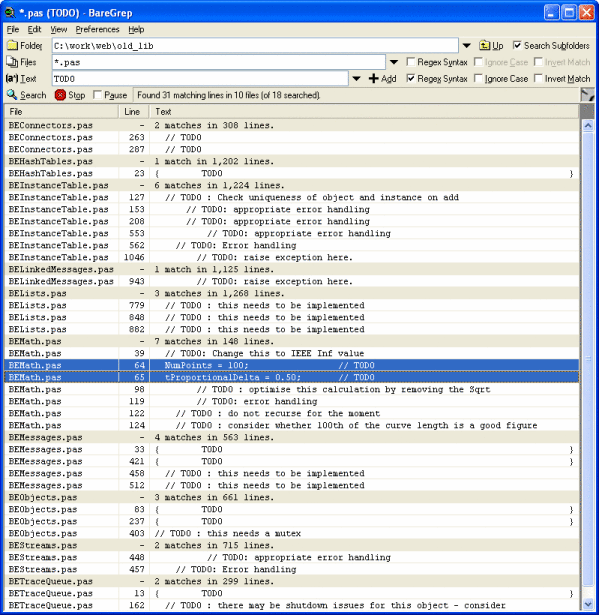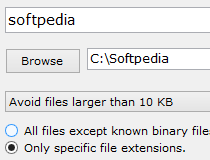

The advantage of PowerShell is that we can easily format the output to a more readable format. \log\*.logīy default, the output of the select-string cmdlet will show the filename, line number, and the complete line where the string was found: Powershell Grep Equivalent The grep equivalent would be: grep "error". Select-String "error" "C:\temp\log\*.log" Select-String -Pattern "error" -Path "C:\temp\log\*.log" To search for a particular string in log files we can use the following cmdlet in PowerShell: # Search for the string error in the path Make sure you read through the end for a nice little bonus tip! Finding a String with PowerShell Select-Stringīefore we dive into all the possibilities of the select-string cmdlet, let’s first take a look at a couple of common examples. We are going to take a look at different examples that you can use to find a string with PowerShell. In this article, we are going to take a look at the PowerShell grep equivalent Select-String.


PowerShell Select-String Multiple Patterns.Return only the matched string with Raw.Showing lines before and after with Context.Finding a String with PowerShell Select-String.


 0 kommentar(er)
0 kommentar(er)
